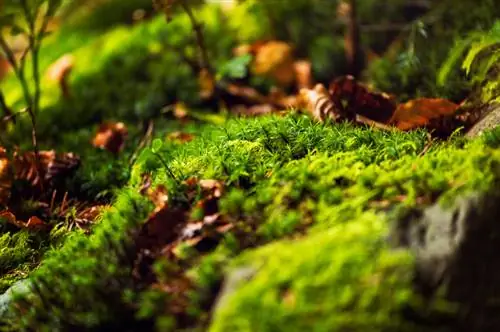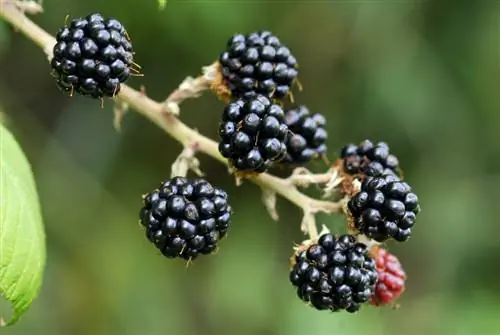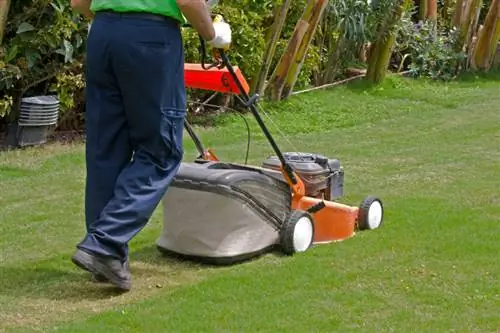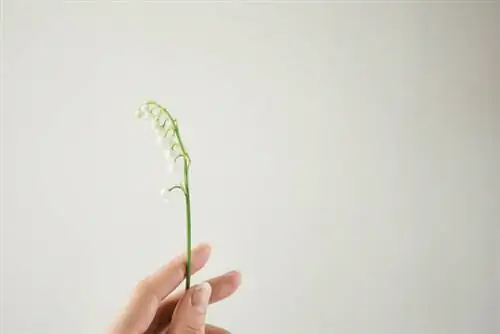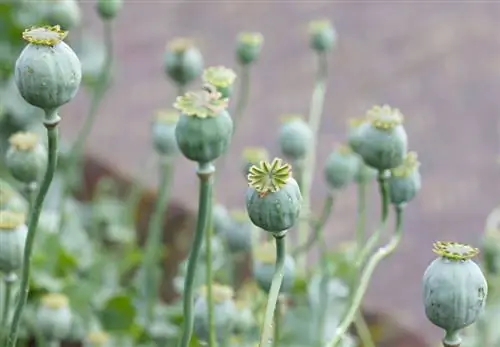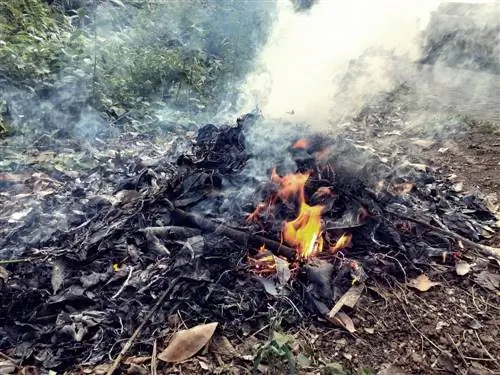- Author admin [email protected].
- Public 2023-12-16 16:46.
- Last modified 2025-01-23 11:20.
Moss is well on its way to shaking off its reputation as a weed as its relevance to our ecosystem becomes increasingly public. In the natural garden, moss is useful as a ground cover or decorates shady niches as a houseplant. You can find out here whether collecting moss is even allowed and where you can find and harvest it in the forest.
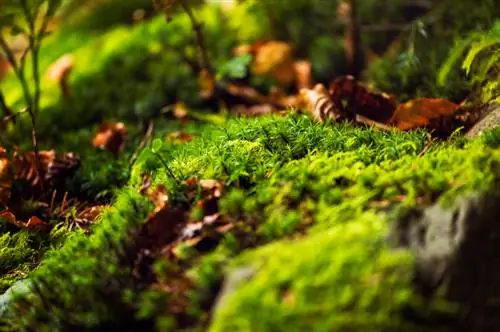
Can you collect moss in the forest?
Collecting moss in the forest is permitted in small quantities for private use, as long as it is not a protected species or nature reserve. When collecting, pay attention to the environment by only removing half moss plants and not disturbing any inhabited cushions.
Is collecting moss allowed in the forest?
Since numerous species of moss have been protected, there has been uncertainty about this question among hobby gardeners. The fact is that the removal of moss in small quantities for private use is permitted. An exception applies to designated nature reserves. No plants are allowed to be collected here at all. Outside these protected areas, the removal of all plants that fall under “special species protection” is prohibited, including peat moss species (Sphagnum ssp.), white mosses (Leucobryum ssp.) and grove mosses (Hylocomium ssp.), as these are threatened with extinction are threatened. However, since the moss species are often difficult to distinguish for the layperson, removal for private use should - if at all - only be done very carefully in order not to disturb the sensitive ecosystem.
Here you can find moss in the forest
In the forest, you won't have a hard time spotting small and large moss populations. There are ideal conditions here, such as shady locations and moist and acidic forest soil. Moss can be found in these places:
- Under and on trees
- On the forest floor when it is in shade or partial shade
- Common on rocks near bodies of water
Since mosses only grow a few centimeters high and do not produce flowers, a little attention is still required to discover the rootless spore plants.
Collect correctly with respect for nature
Moss covers important functions in the ecosystem. The cushions absorb moisture and gradually release it into the forest floor so that it does not dry out. Countless small creatures find shelter and food here, such as spiders, earthworms, snails and woodlice.
Therefore, first examine a moss cushion to see whether it is inhabited. Use your fingers to loosen the plants from the edge and do not use a sharp tool. Please do not remove more than half of a moss plant so that it can regenerate again.
Tip
Instead of removing moss pads and potentially affecting the ecosystem, you can instead harvest the mature spores, which float above the moss in small, brown capsules on stems. Crushed on a smooth surface and transferred to a lean substrate or stony surface with a fine brush (€4.00 on Amazon), a green moss carpet unfolds in no time.

